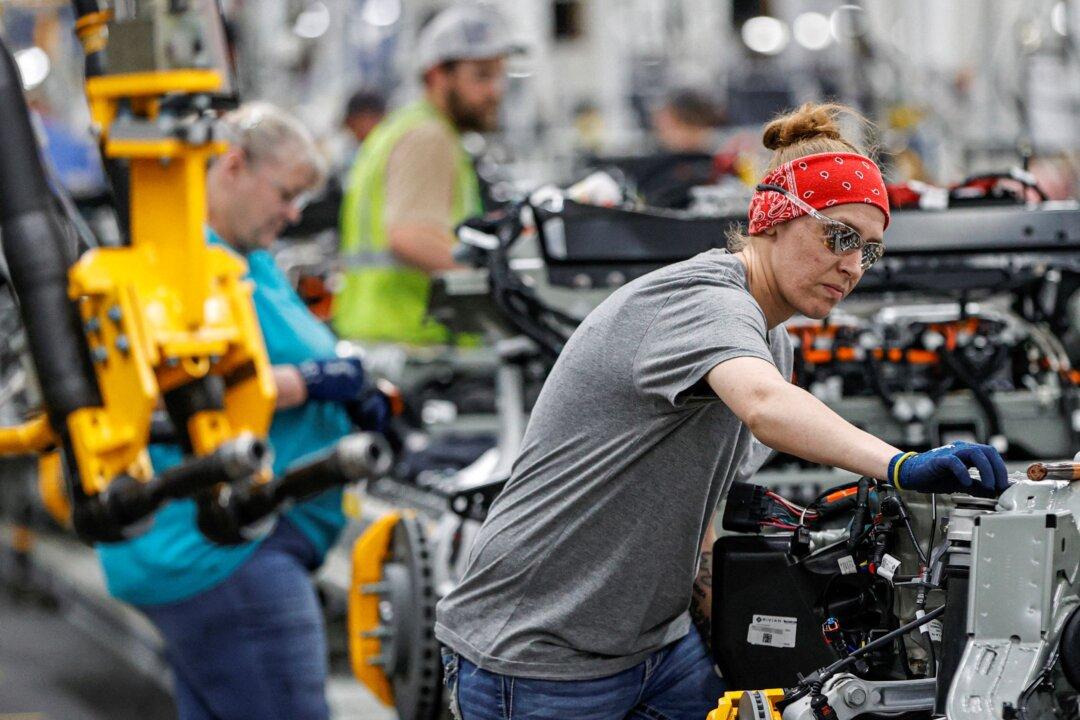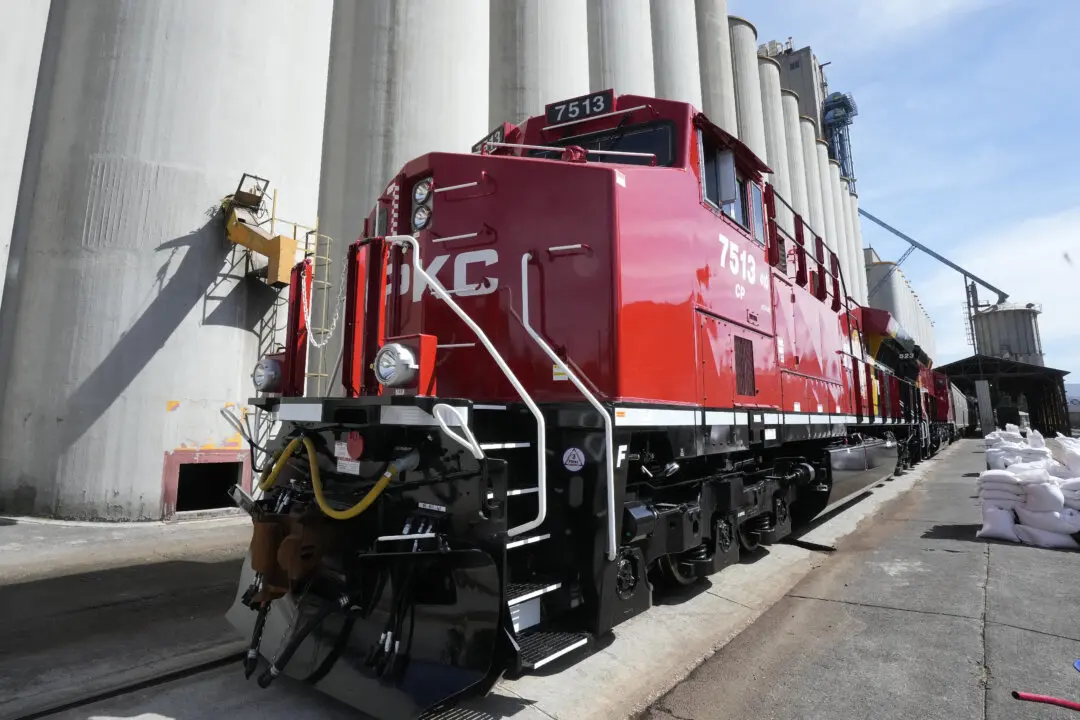The U.S. Environmental Protection Agency’s (EPA) proposed regulations on air quality could end up costing the American economy billions of dollars and hundreds of thousands of jobs, said a report prepared by Oxford Economics for the National Association of Manufacturers (NAM).
In January, the EPA proposed new standards seeking to lower fine particulate matter known as PM2.5 from 12 micrograms per cubic meter to between nine and 10 micrograms. The proposed regulations will threaten $162.4 billion to $197.4 billion in economic activity while putting an estimated 852,100–973,900 present jobs at risk, both directly from manufacturing and indirectly from supply chains, according to the May 10 report (pdf).





